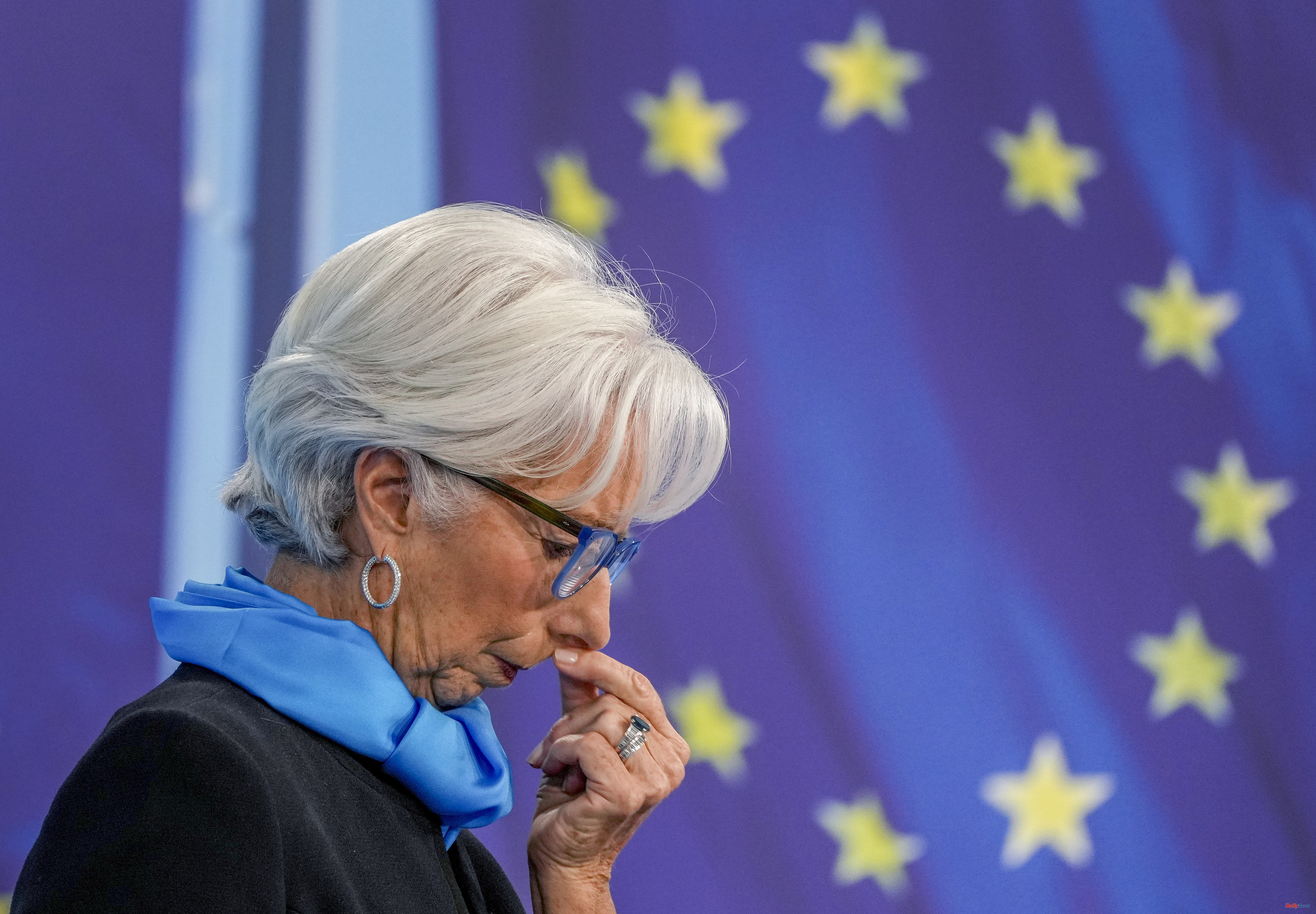The bankruptcy of Silicon Valley Bank (SVB), the Credit Suisse crisis and the falls in the stock market have generated concern among Spanish savers. The authorities have called for calm and have praised the strength of the banks. But the memory of the 2008 crash is recent enough to remember that it started with something similar: banks falling and the authorities calling for calm. What differences are there?
Neither by balance, nor by risks, nor by solvency, nor by business model are there similarities. In matters of liquidity, which is what has most conditioned the fall of the Californian bank, an entity like Santander, for example, accumulates 300,000 million euros in cash and in central bank accounts.
It is a bank with a very defined business model. Local technology companies that had accumulated a lot of cash during the pandemic deposited their savings in it. In turn, the bank used it to reinvest it in fixed-income bonds. It is an operation known as carry trade (receive short and invest long). In addition, it had no coverage before possible depreciation.
The basis of everything is that their deposits were not sufficiently diversified. He had a lot of few customers. And this turned against him for two reasons when the rates went up. Companies found it more difficult to finance themselves and began to withdraw their deposits. And, furthermore, their bonds began to devalue (the more rates rise, the less the bonds are worth). When SVB massively sold bonds to repay deposits, the book loss surfaced and unnerved its clients.
Much more diversified. First, there's a lot more cash, and second, much of the savings is from retail customers who are insured. This means that there is no risk of a scheme like that of the SVB being reproduced. The asset is much more concentrated in loans. Therefore, the asset's exposure to fixed income that is being devalued due to the rise in interest rates is much lower. Financial sources explain that SVB had 60% of its assets in public debt and 70% of it in long-term debt. Santander has 183,000 million in public debt, just over 10% of its assets. BBVA declares an exposure of assets at sovereign risk of 101,000 million, just over 13%.
The liquidity ratios of Spanish banks are also comfortable. The LCR (ratio of liquid assets that prevent sales to losses for 30 days) of Santander is 152%; of BBVA and 159%. Sabadell, at 196%.
In nothing. They are completely different crises and even so, one can speak of contagion, as María Hernández explains in this chronicle. But there are several reasons that justify their problems. One of them is that, as a Spanish financier says, the governance of the Swiss bank left the Godfather Trilogy at the level of a cartoon series. Carlos Segovia recounts here his serious management failures.
No, but in full financial panic one of its main shareholders assured in a very inopportune statement that he would not be willing to raise capital, which triggered the distrust of his depositors, who increased the rate of withdrawal of savings. Once again, a bank with no initial solvency problems entered into a liquidity crisis. The Swiss banking authorities have had to inject 50,000 million.
Reasonably not. But in a bank panic, the irrational component is very high and many customers may react if other entities have problems. In addition, in the US there is a lot of opacity with respect to regional banks, which were not well supervised, as Pablo Pardo explains in this information. That is the reason why the authorities insist on remaining calm and some entities have launched explanatory campaigns with their clients. No bank supports a massive withdrawal of deposits. That there are no reasons for it to occur, does not mean that it does not happen. The European Central Bank has sent a strong message of support to all entities. They will have liquidity when they need it. Those messages, of course, are launched so as not to be executed.
For fear of contagion and more. Banks had risen a lot since the last quarter of last year because they started with very low prices and envisioned better returns in the heat of interest rates. A correction was coming. On the other hand, the experience of SVB made the markets predict that the rise in rates could stop, with which the profitability of the banks would not grow as much as expected and their profits would therefore be lower. Finally, there is the instability of the market itself. Many funds need liquidity and sell shares, and bear investors take positions in weaker entities waiting for steeper declines.
The Deposit Guarantee Fund covers in Spain the first 100,000 euros of each account. If everyone goes crazy and some entity goes into a tailspin, investors would lose their money, bondholders and savers from 100,000 euros per account and bank.
According to the criteria of The Trust Project












